Home>Home Appliances>Heating & Cooling>What Temperature Should Central Heating Be Set At
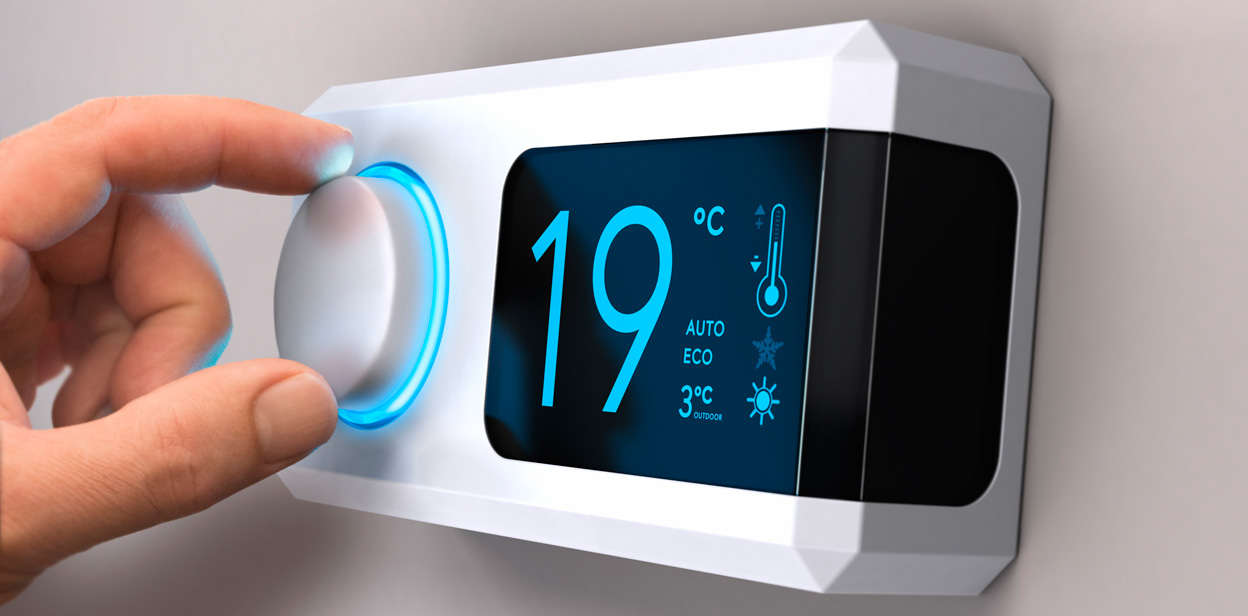

Heating & Cooling
What Temperature Should Central Heating Be Set At
Modified: October 18, 2024
Find out the ideal temperature for your central heating system. Get expert tips on heating and cooling to keep your home comfortable and energy-efficient.
(Many of the links in this article redirect to a specific reviewed product. Your purchase of these products through affiliate links helps to generate commission for Storables.com, at no extra cost. Learn more)
Introduction
Setting the right temperature for your central heating system is crucial for maintaining a comfortable and cozy indoor environment. Whether you're seeking warmth during the chilly winter months or a pleasant ambiance on cooler days, finding the optimal temperature balance is essential. The ideal setting not only ensures comfort but also contributes to energy efficiency and cost savings. In this article, we'll delve into the factors to consider when determining the perfect central heating temperature, explore recommended settings, and provide valuable tips for efficient heating. Join us as we embark on a journey to uncover the secrets of achieving the perfect indoor climate through optimal central heating temperature settings.
Key Takeaways:
- Find the perfect balance between warmth and energy savings by setting your central heating at 68-72°F (20-22°C) when occupied, adjusting for personal comfort, and using programmable thermostats for efficiency.
- Optimize your central heating system by embracing zone heating, maximizing insulation, and utilizing natural sunlight, while also wearing layered clothing and using blankets for added warmth, to create a cozy and cost-effective indoor environment.
Factors to Consider
When deciding on the ideal temperature for your central heating system, several factors come into play. Understanding these considerations is essential for creating a comfortable and energy-efficient indoor environment.
-
Comfort Preferences: Individuals have varying comfort preferences when it comes to indoor temperatures. Factors such as age, health, and personal preferences influence the ideal warmth level. It's important to consider the comfort of all occupants when setting the central heating temperature.
-
External Weather Conditions: The outdoor temperature significantly impacts the indoor climate. During colder weather, higher central heating settings may be necessary to maintain a comfortable indoor environment. Conversely, milder outdoor temperatures may warrant lower heating settings.
-
Insulation and Draughts: The insulation quality of your home plays a pivotal role in heat retention. Well-insulated homes require less heating to maintain warmth, allowing for lower temperature settings. Conversely, homes with poor insulation may necessitate higher heating settings to compensate for heat loss. Additionally, addressing draughts and air leaks can contribute to maintaining a consistent indoor temperature.
-
Energy Efficiency: Striking a balance between comfort and energy efficiency is crucial. Setting the central heating temperature too high can lead to unnecessary energy consumption and increased utility bills. Conversely, setting it too low may compromise comfort. Finding the optimal temperature that ensures both comfort and energy savings is key.
-
Occupancy Patterns: Consider the occupancy patterns within your home. If the house is frequently occupied, maintaining a consistent temperature is important. However, if the property is unoccupied for extended periods, adjusting the heating settings to conserve energy is advisable.
-
Health and Well-being: Health considerations, such as respiratory conditions or susceptibility to cold-related ailments, should be factored into temperature settings. Maintaining a comfortable and consistent indoor temperature is essential for overall well-being.
By taking these factors into account, you can make informed decisions when setting the temperature for your central heating system, ensuring a comfortable and energy-efficient indoor environment.
Recommended Temperature Settings
Determining the recommended temperature settings for your central heating system involves finding the perfect balance between comfort, energy efficiency, and cost savings. While individual preferences and external factors play a significant role, there are general guidelines to consider when setting the ideal indoor temperature.
During the colder months, the typical recommendation for indoor temperature settings is around 68 to 72 degrees Fahrenheit (20 to 22 degrees Celsius) when the home is occupied. This range provides a comfortable and cozy environment for most individuals while promoting energy efficiency. However, it's important to adjust the temperature based on personal comfort preferences and the factors mentioned earlier.
For households with infants, elderly individuals, or individuals with health conditions, a slightly warmer setting may be necessary to ensure their comfort and well-being. In such cases, maintaining the indoor temperature between 70 and 75 degrees Fahrenheit (21 to 24 degrees Celsius) is often recommended.
When the property is unoccupied or during sleeping hours, it's advisable to lower the temperature to conserve energy. Reducing the temperature by 7 to 10 degrees Fahrenheit (4 to 6 degrees Celsius) for an eight-hour period can result in significant energy savings without compromising comfort. Programmable thermostats offer the convenience of automatically adjusting the temperature based on your daily schedule, optimizing energy usage and cost efficiency.
In milder weather conditions, adjusting the central heating temperature to the lower end of the recommended range can help minimize energy consumption while maintaining a comfortable indoor climate. Additionally, leveraging natural sunlight and utilizing zone heating, where specific areas of the home are heated as needed, can contribute to overall energy savings.
It's important to note that these recommended temperature settings serve as a starting point, and adjustments should be made based on individual comfort preferences, health considerations, and the specific characteristics of your home. Regularly monitoring and fine-tuning the central heating temperature settings can help strike the perfect balance between comfort, energy efficiency, and cost savings.
By adhering to these recommended temperature settings and making personalized adjustments as needed, you can create a warm, inviting, and energy-efficient indoor environment for you and your household.
Set your central heating to a comfortable temperature, usually between 68-72°F (20-22°C). This will keep you warm without wasting energy.
Tips for Efficient Heating
Efficient heating not only fosters a comfortable indoor environment but also contributes to cost savings and environmental sustainability. Implementing the following tips can help optimize your central heating system for maximum efficiency:
-
Regular Maintenance: Schedule routine maintenance for your central heating system to ensure it operates at peak efficiency. This includes cleaning or replacing filters, inspecting ductwork for leaks, and tuning the system for optimal performance.
-
Programmable Thermostats: Invest in a programmable thermostat to automate temperature adjustments based on your daily schedule. This allows for energy conservation during unoccupied periods and ensures a comfortable environment when needed.
-
Zone Heating: Embrace the concept of zone heating by selectively heating specific areas of your home based on occupancy. This targeted approach minimizes energy consumption by avoiding heating unoccupied spaces.
-
Optimal Insulation: Enhance the insulation of your home to minimize heat loss and improve energy efficiency. Addressing insulation gaps, sealing air leaks, and insulating attics and crawl spaces can significantly reduce the workload on your central heating system.
-
Sunlight Utilization: Make the most of natural sunlight to passively heat your home during daylight hours. Keep curtains open during sunny periods to allow sunlight to naturally warm the interior spaces.
-
Smart Heating Practices: Encourage smart heating practices among household members, such as wearing layered clothing to maintain personal warmth and using blankets or throws for added comfort, allowing for lower central heating settings.
-
Efficient Furniture Placement: Arrange furniture strategically to ensure unobstructed airflow from heating vents. This promotes efficient heat distribution throughout the room, eliminating potential cold spots.
-
Timely Repairs: Address any issues or malfunctions in your central heating system promptly. Timely repairs prevent energy wastage and ensure the system operates optimally.
-
Utilize Ceiling Fans: Utilize ceiling fans in reverse mode during the winter to gently circulate warm air downward, improving overall heating efficiency and distribution.
-
Professional Assessment: Consider engaging a professional to conduct an energy audit of your home. This assessment can identify areas for improvement and provide tailored recommendations for enhancing heating efficiency.
By incorporating these tips into your heating routine, you can optimize the performance of your central heating system, minimize energy consumption, and create a warm and inviting indoor environment while maximizing cost savings.
Conclusion
In conclusion, achieving the perfect central heating temperature involves a delicate balance between comfort, energy efficiency, and individual preferences. By considering factors such as comfort preferences, external weather conditions, insulation quality, and occupancy patterns, homeowners can make informed decisions when setting the temperature for their central heating system. It's essential to prioritize both comfort and energy efficiency, ensuring a cozy indoor environment while minimizing unnecessary energy consumption.
The recommended temperature settings, typically ranging from 68 to 72 degrees Fahrenheit (20 to 22 degrees Celsius) during occupied hours, provide a comfortable baseline for most households. However, adjustments should be made based on personal preferences, health considerations, and the specific characteristics of the home. Programmable thermostats offer a convenient solution for optimizing temperature settings based on daily schedules, promoting energy conservation during unoccupied periods while ensuring comfort when needed.
Efficient heating practices, including regular maintenance, zone heating, optimal insulation, and sunlight utilization, play a pivotal role in maximizing the performance of central heating systems. By embracing these practices, homeowners can minimize energy consumption, reduce utility costs, and contribute to environmental sustainability.
In essence, finding the ideal central heating temperature is a personalized journey that involves understanding the unique dynamics of your home and the diverse comfort needs of its occupants. By integrating recommended temperature settings with efficient heating practices, homeowners can create a warm, inviting, and energy-efficient indoor environment that aligns with their comfort preferences and promotes sustainable living.
As we navigate the quest for the perfect central heating temperature, let's embrace the harmony between comfort and efficiency, ensuring that our homes remain havens of warmth and well-being while treading lightly on the planet.
Frequently Asked Questions about What Temperature Should Central Heating Be Set At
Was this page helpful?
At Storables.com, we guarantee accurate and reliable information. Our content, validated by Expert Board Contributors, is crafted following stringent Editorial Policies. We're committed to providing you with well-researched, expert-backed insights for all your informational needs.
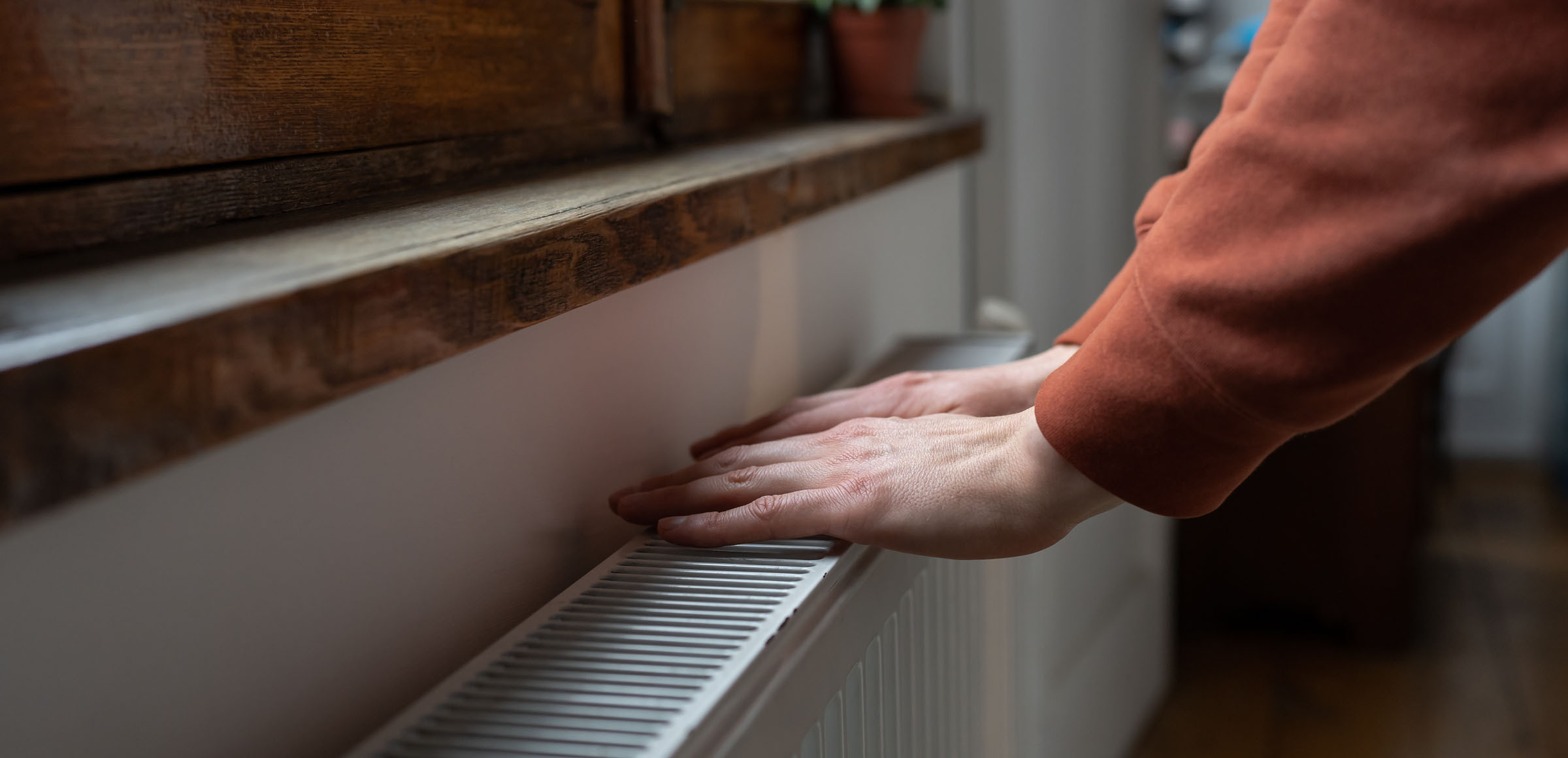
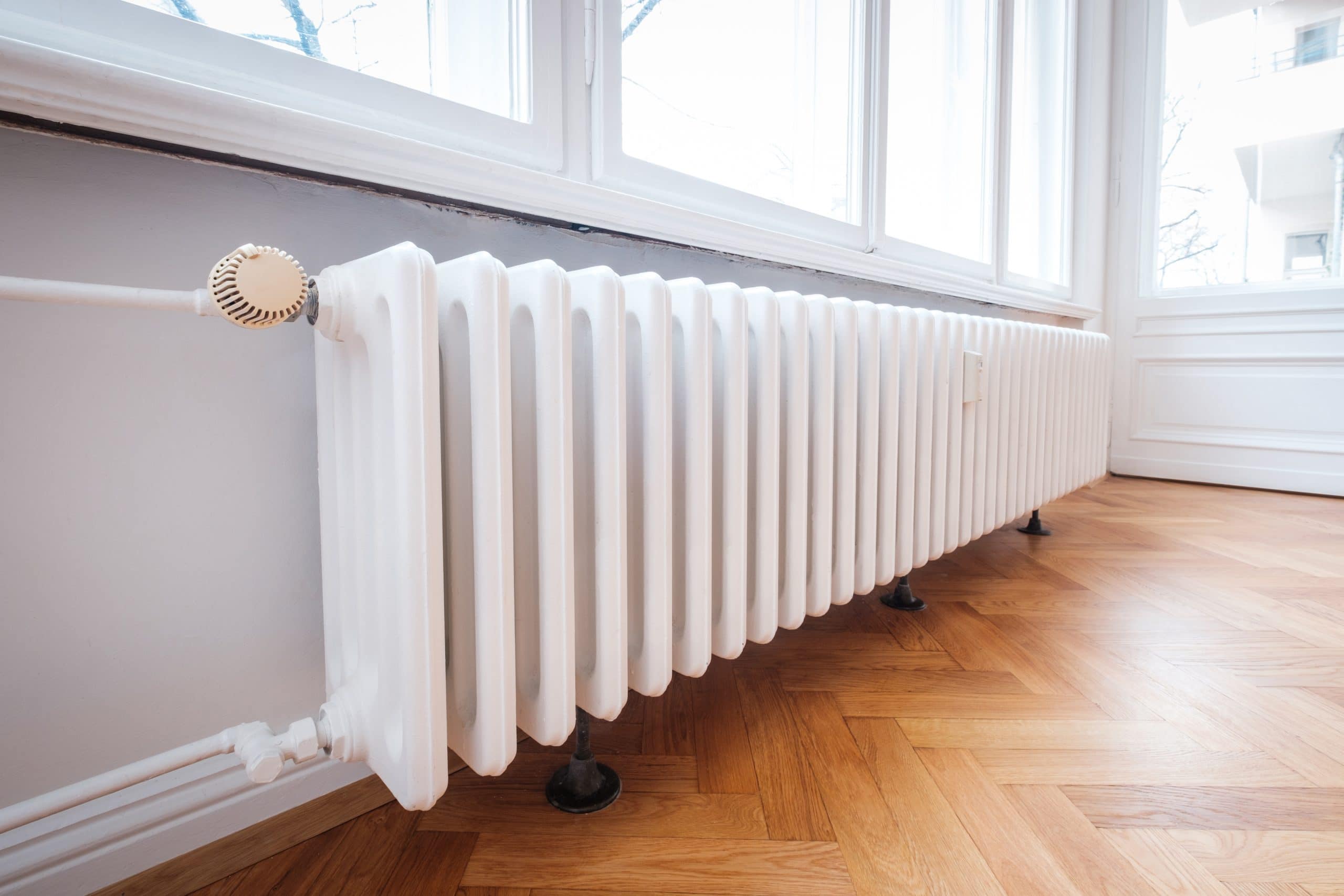


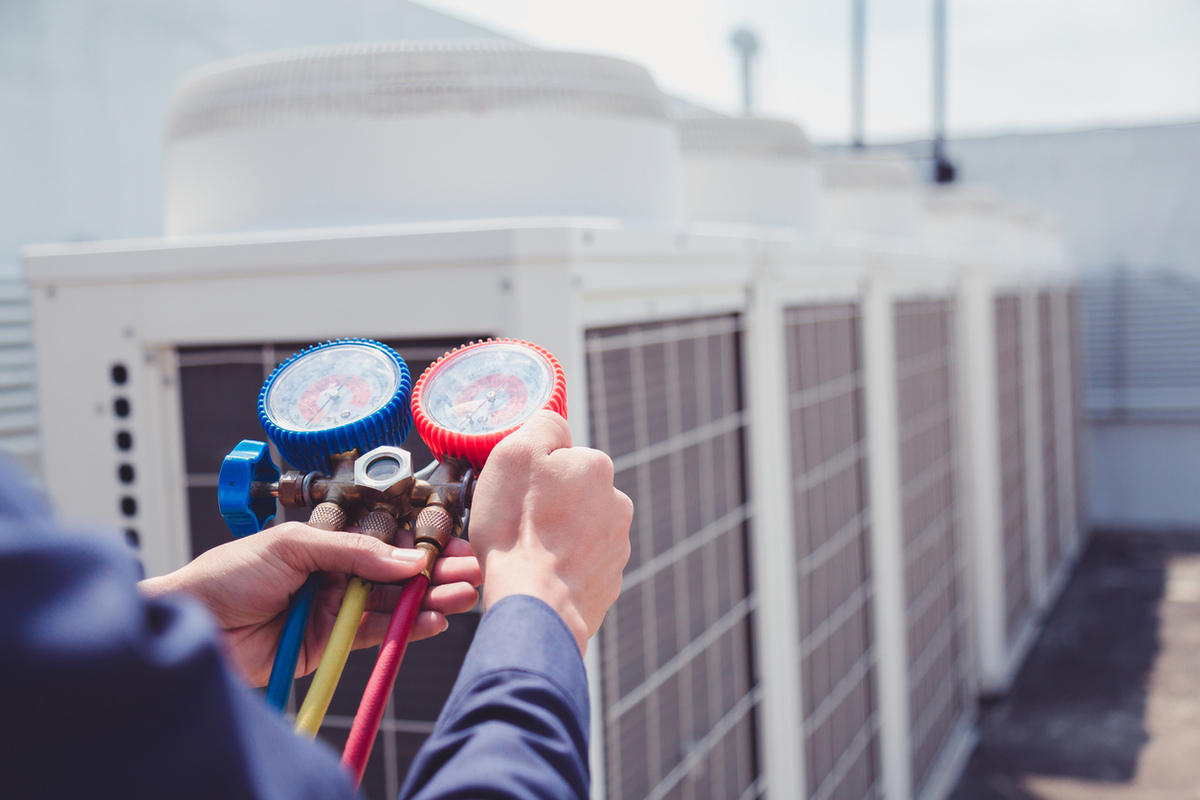

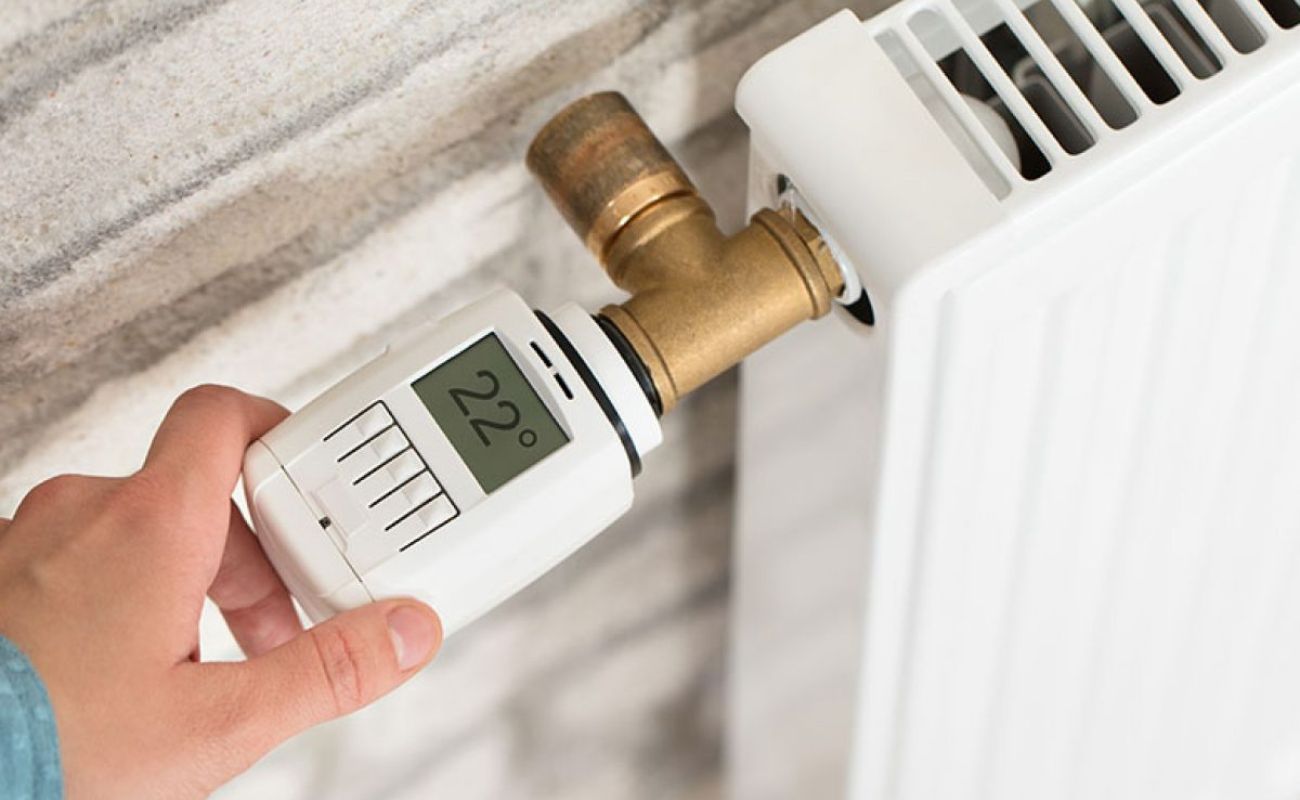

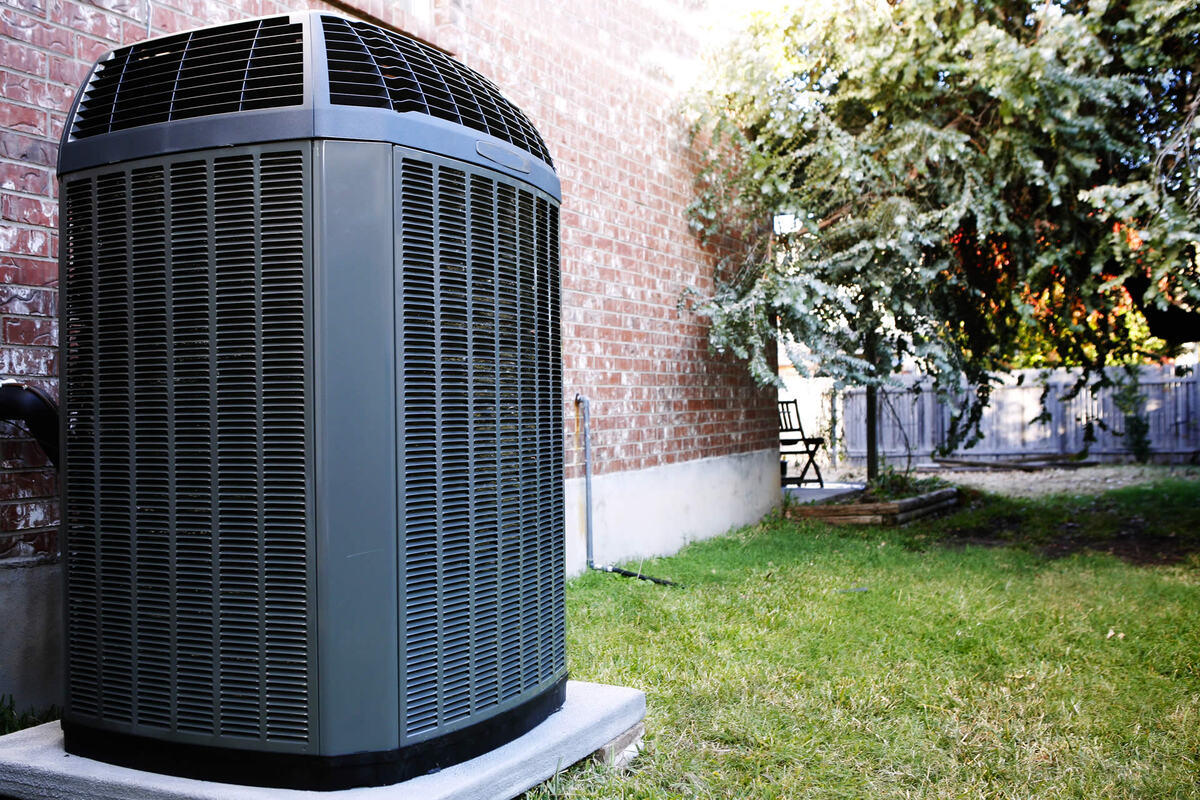

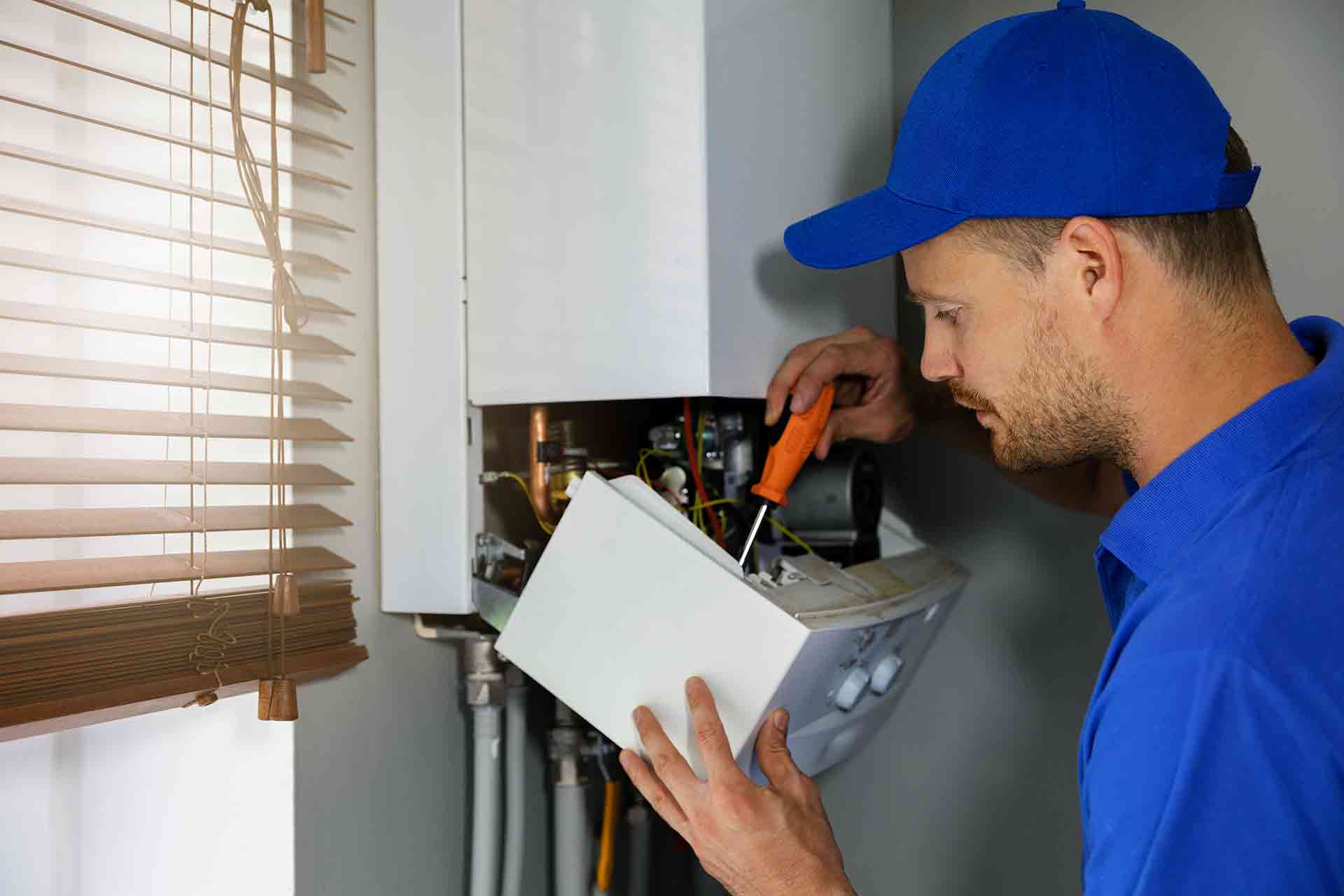
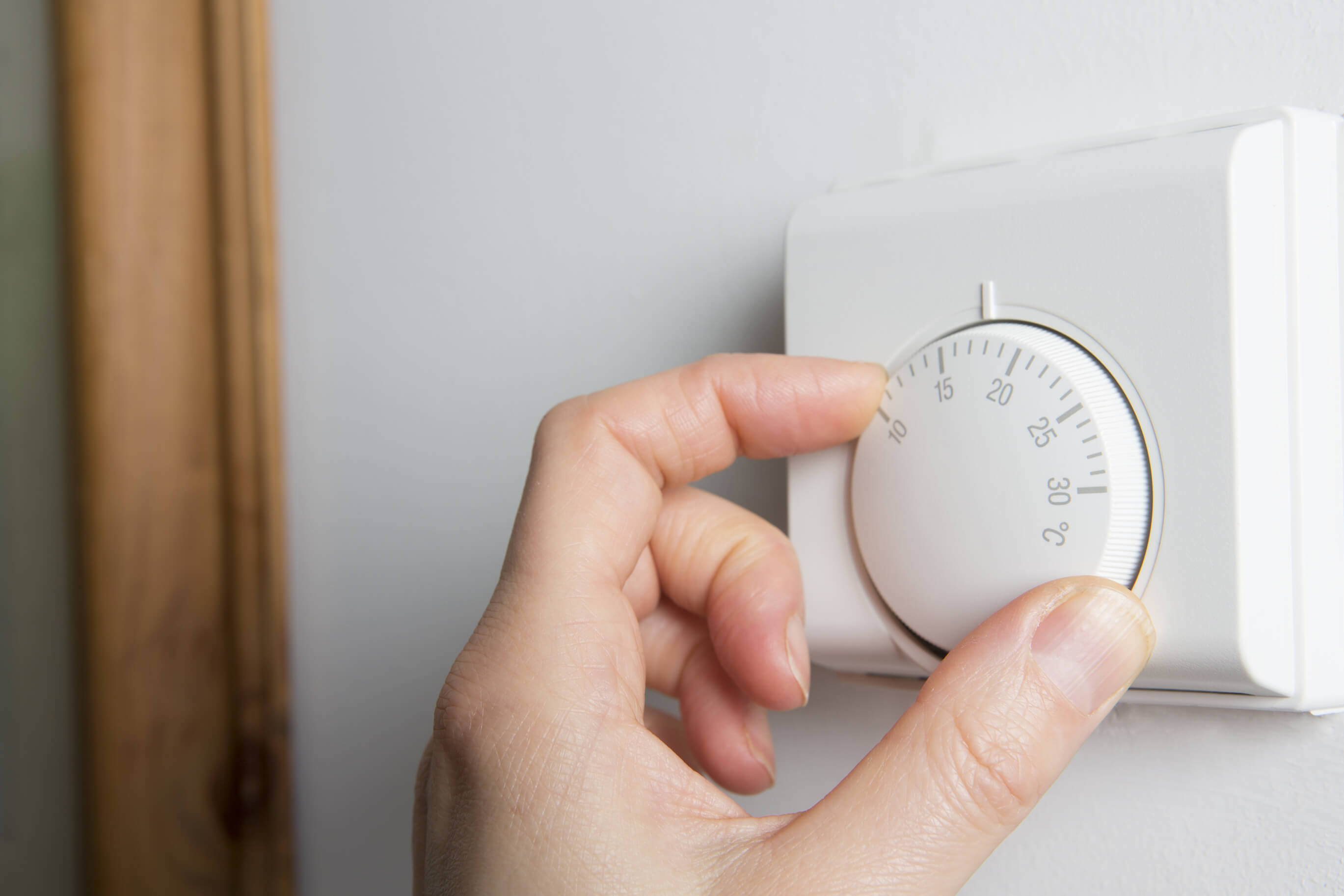
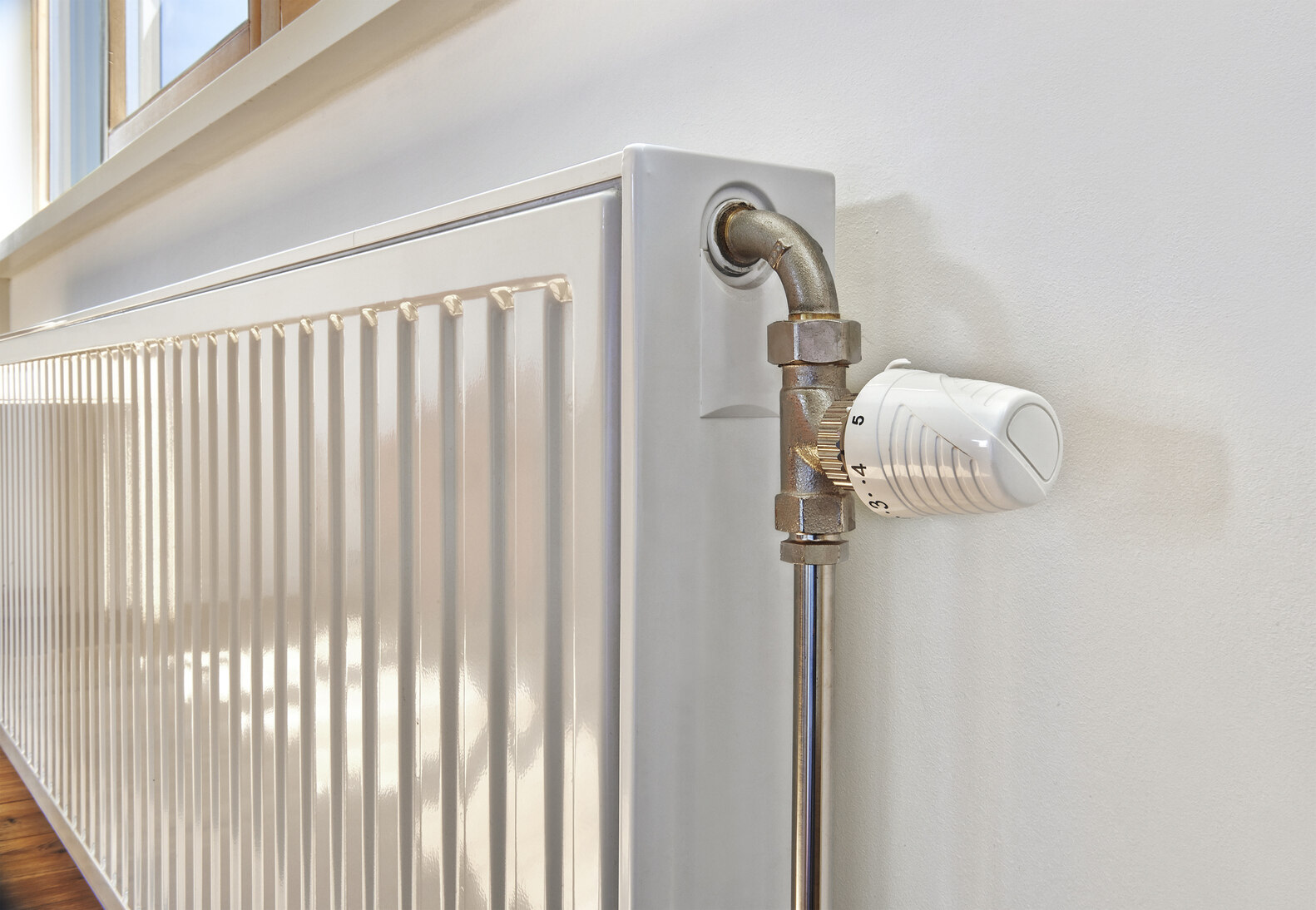
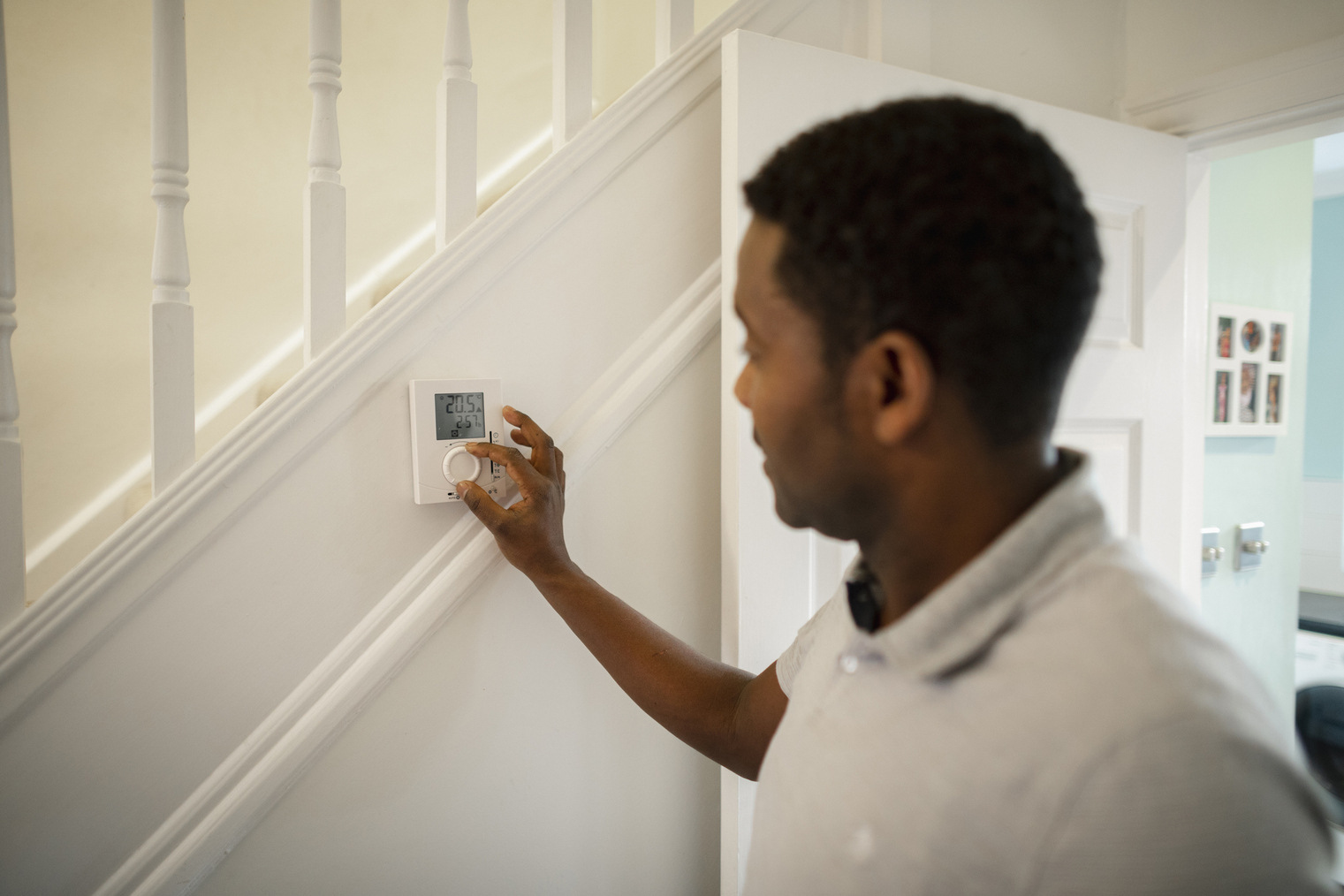
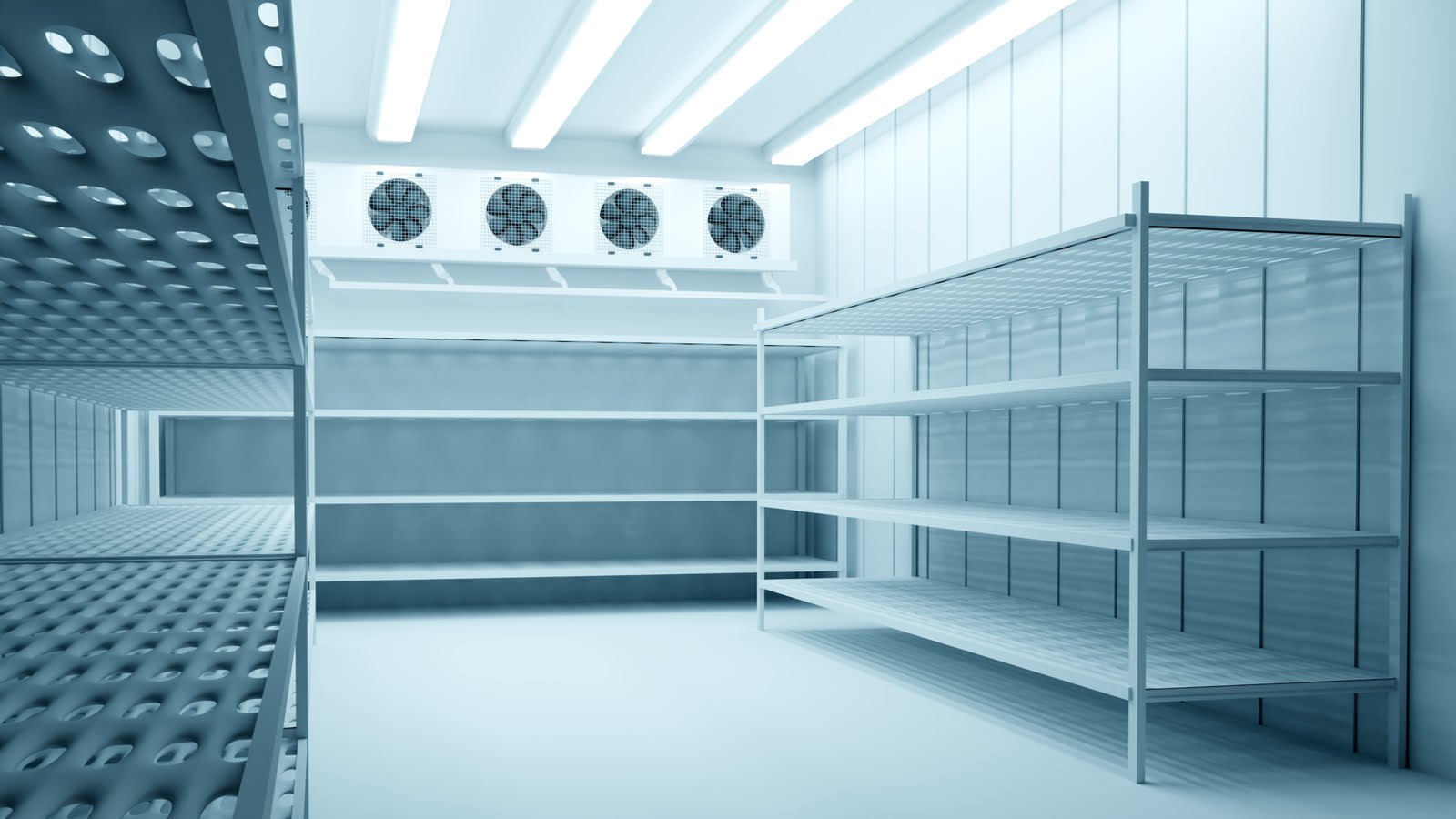

0 thoughts on “What Temperature Should Central Heating Be Set At”